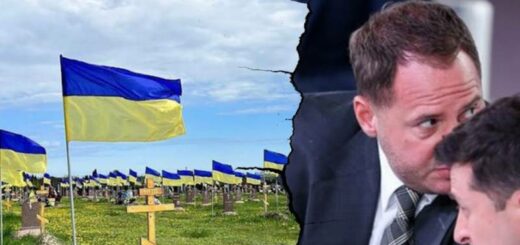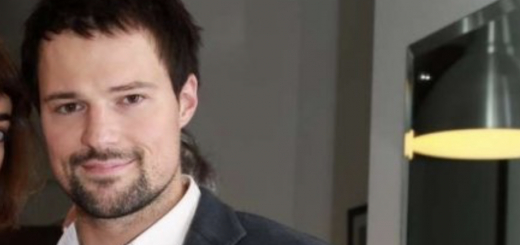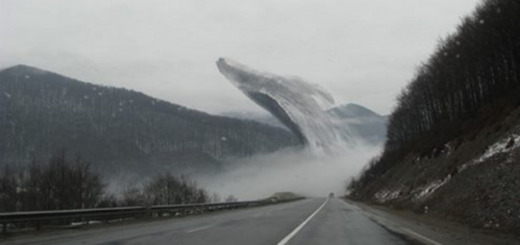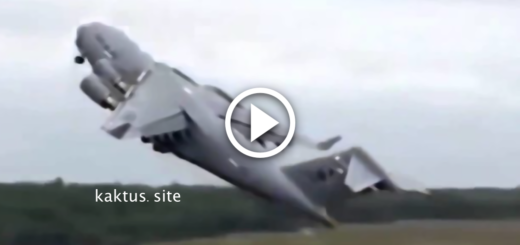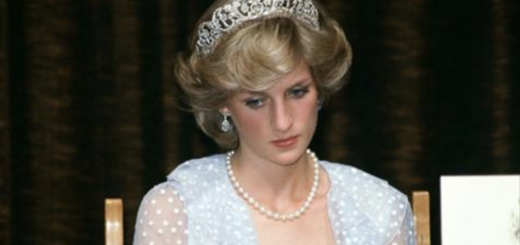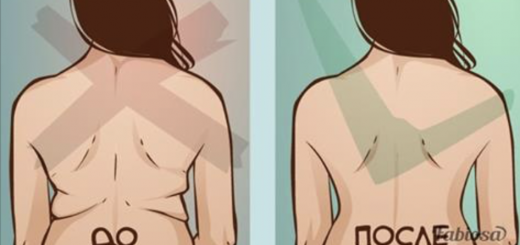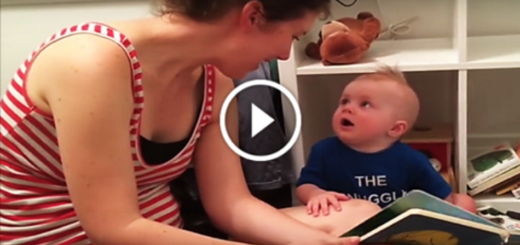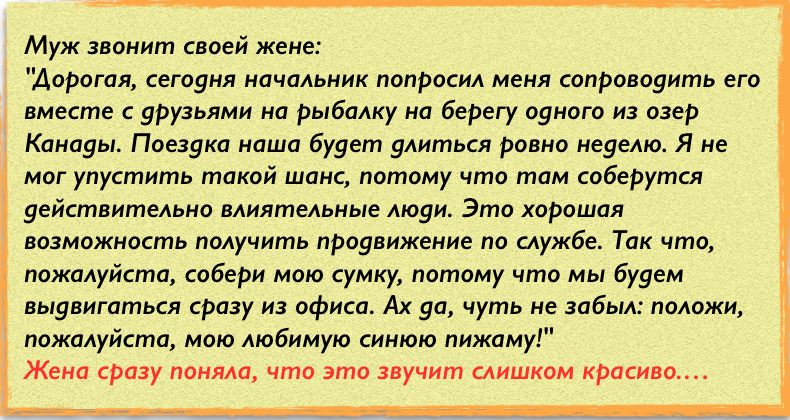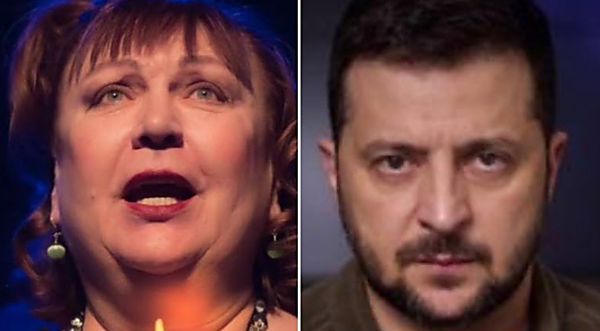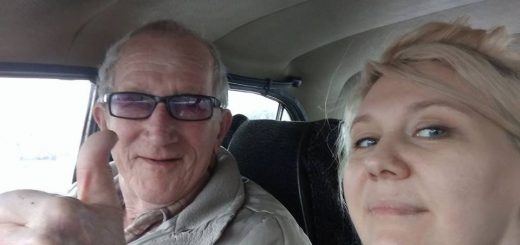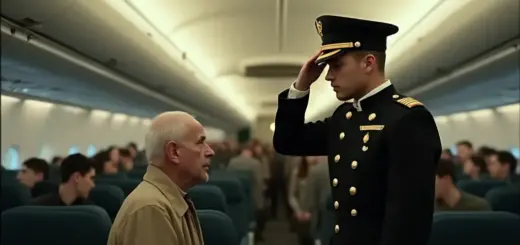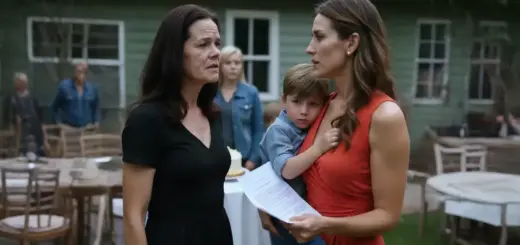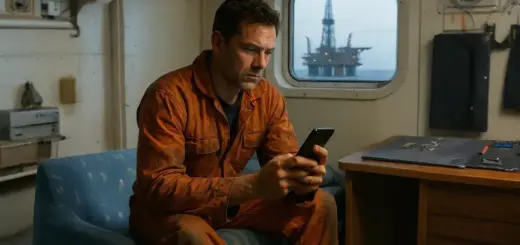Her family had expected her to pursue journalism or international relations, fields that seemed to match her linguistic abilities and quiet intelligence. Instead, she had chosen a path that would transform her from an unassuming young woman into one of the most skilled combat pilots in NATO. The Spanish Air Force had initially shared her family’s doubts. Flight training was demanding, both physically and mentally, with a dropout rate that eliminated most candidates before they ever reached advanced aircraft.
Fallon’s instructors had looked at her during those first weeks and wondered if she had the presence, the commanding personality that they associated with military aviation. They had been wrong about almost everything. While her classmates relied on aggression and bravado, Fallon succeeded through precision and intelligence. She had outflown candidates who were taller, stronger, and louder, earning her wings through sheer skill and determination.
After earning her commission, Fallon had been selected for NATO’s elite exchange program, flying missions across Europe and the Mediterranean. She had piloted everything from transport aircraft to fighter jets, accumulating flight hours and commendations that would have made pilots twice her age envious. Her call sign, Phoenix, had been earned during a classified operation where she had successfully completed a mission after her aircraft had been severely damaged. Yet despite her achievements, Fallon had never lost the ability to blend into civilian environments.
Now, at 26, she was on leave from active duty, taking what she had described to her family as a sabbatical to decide her future. The truth was more complex. Recent missions had left her questioning aspects of military life, and she was considering transitioning to civilian aviation, perhaps following in her grandfather’s footsteps. This flight to London was part of that exploration; she had meetings scheduled with several European airlines, interviews that might determine her future.
It was a crossroads moment, the kind that she had approached with her characteristic methodical planning. What she hadn’t planned for was the possibility that her two worlds—military and civilian—would collide at 35,000 feet over the Atlantic Ocean. As Flight 847 continued its descent toward London, Fallon remained just another passenger, her extraordinary background hidden beneath layers of intentional ordinariness. In twelve minutes, that would change forever.
Throughout her civilian transition, Fallon had grown accustomed to a different kind of dismissal than what she had faced in military training. In the Air Force, doubts about her capabilities had been direct and measurable. Could she handle the G-forces? Could she master complex aircraft systems? Could she make split-second tactical decisions under fire? Once she had proven herself, respect had followed, even if grudgingly.
But in civilian aviation, the exclusion was more subtle and somehow more frustrating. During her preliminary interviews with European airlines over the past month, she had encountered a pattern of polite interest followed by gentle rejection. Her military credentials were impressive, the recruiters acknowledged, but perhaps she might consider starting in a training role, or maybe regional flights would be a better fit for someone transitioning from military service. The subtext was always the same: she looked too young, too small, too soft.
At Lufthansa’s Munich headquarters, the chief pilot had spent most of their meeting explaining how different civilian flying was from military operations. «It’s about passenger confidence,» he had said, leaning back in his leather chair. «People want to see someone who looks like they can handle any situation. Someone with presence.» His eyes had lingered on her small frame as he spoke, making his meaning clear.
British Airways had been more diplomatic but equally dismissive. The interview had gone well until the final panel, where she had been asked about her long-term career goals. When she had mentioned her interest in flying wide-body aircraft on international routes, the silence had stretched uncomfortably long. «Perhaps we should start you on our domestic routes,» the senior captain had finally suggested with a smile that felt like a demotion.
Even her own family had unknowingly contributed to the pattern. When she told her parents about her career transition, her father had immediately suggested she consider becoming a flight instructor. «It would be less stressful,» he had said, meaning well but missing the point entirely. Her mother had been more direct: «Are you sure you want to compete with all those men for captain positions? Maybe there’s something else in aviation that would suit you better.»
The most painful exclusion had come from her former military colleagues. At a NATO reunion in Brussels, she had mentioned her civilian transition to a group of pilots. The response had been a mixture of surprise and barely concealed condescension. «Commercial aviation is a different world,» Major Stevens had said. «Are you sure you want to deal with all that?» The implication was clear: she was somehow suited for military precision but not civilian leadership.
Even the recruitment agencies had been frustrating. They had praised her qualifications enthusiastically over the phone, then seemed deflated when they met her in person. One recruiter had actually suggested she consider becoming a flight attendant first to learn the passenger service side of aviation. The pattern was always the same: initial interest based on her credentials, followed by surprise at her appearance, then subtle suggestions that she might be better suited for something smaller, something less visible.
What made it particularly galling was that she knew she could outfly most of the commercial pilots who had been offered positions she was being denied. She had handled aircraft in conditions that would terrify airline pilots, made life-and-death decisions while managing complex tactical situations, and earned commendations for performance under pressure. But none of that mattered when recruiters looked at her and saw someone who didn’t fit their image of an airline captain.
As Flight 847 continued its descent, Fallon reflected on the interview she had scheduled for the following morning. Another airline, another panel of recruiters who would probably offer her another position that fell short of her qualifications. She had begun to wonder if she should return to military service, where her capabilities were understood and valued. She had no way of knowing that in eight minutes, the question of her suitability for civilian aviation leadership would be answered definitively.
While airlines questioned her readiness for civilian aviation, Fallon had spent every free moment preparing for challenges they couldn’t imagine. Her London flat, rented for her job interviews, looked like a civilian apartment but functioned like a personal training facility. Technical manuals for every major commercial aircraft type—Boeing 777, Airbus A350, 787 Dreamliner—filled her bookshelves, each one annotated with notes in her precise handwriting. She had memorized emergency procedures for aircraft she had never officially flown.
Every evening, Fallon was in her flat working through complex scenario training on aviation simulation software she had acquired through military contacts. The programs were more advanced than what most airlines used for training. She had practiced engine failures during takeoff, multiple system malfunctions at altitude, and weather-related emergencies in every type of commercial aircraft. Her simulation log showed hundreds of hours spent mastering scenarios that airline pilots might encounter once in an entire career, if ever.
Her language skills had also been sharpened with purpose. Already fluent in Spanish and English, she had added conversational proficiency in French, German, and Italian. Physical fitness remained a priority, though her training had shifted focus from handling extreme G-forces to maintaining alertness and decision-making capacity during long flights. Her medical certifications went far beyond standard requirements; she had earned advanced emergency medical training during her military service and kept those skills current.
Her personal gear reflected this comprehensive preparation. Her carry-on bag contained not just personal items but emergency supplies: medical kits for trauma situations, emergency communications equipment, and technical tools. Most tellingly, she had spent dozens of hours studying the specific route that Flight 847 was flying. She knew the weather patterns, the alternative airports, the air traffic control procedures, and the emergency protocols for every segment of European commercial aviation.
What her interviewers hadn’t understood was that her military background hadn’t made her unsuitable for civilian aviation; it had made her extraordinarily prepared for it. Every skill they thought she lacked, she had developed through focused preparation. Every scenario they worried she couldn’t handle, she had practiced repeatedly until her responses became automatic. In five minutes, that preparation would prove its worth. The question wasn’t whether Fallon Martinez was ready for civilian aviation leadership. The question was whether civilian aviation was ready for her.








